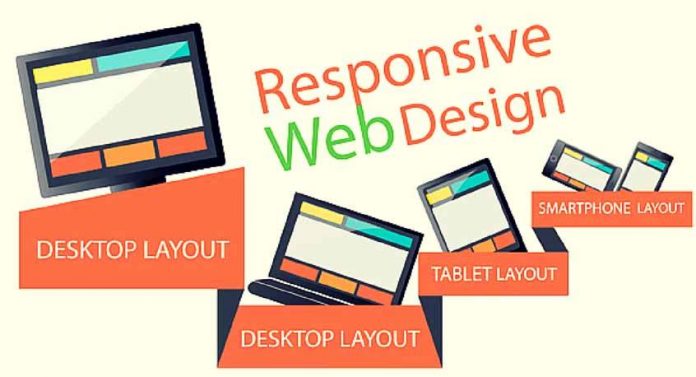If there’s one thing we have discovered since releasing Slate into the wild, it’s the incredible number of different workflows developers have when building themes. And while there isn’t one development workflow that rules them all, we at continuously strive to make our lives easier and more efficient by integrating tools and resources that we believe in.
We believe Slate is one of those tools, and it’s something we’re quite proud of. It provides a sophisticated development experience that enables users to build top-notch themes. In regards to development workflow however, it’s only one piece of the theme puzzle.This guide will serve as a helpful analysis of what we find to be the most effective,
Setting up your code editor
The Themes team has been using Visual Studio Code over the last year, and it has helped improve our productivity with the ability to customize our own workspaces, settings, and extensions.
Apart from being free, open sourced, and functional on any operating system, it contains the vast majority of features we love having in a code editor, like smart completions with intellisense, amazing debugging tools, and Git support already built-in.
Extensions
While this won’t be an exhaustive list of all Visual Studio Code extensions we use, it will include what we found to be the most crucial in increasing our productivity when building themes.
Liquid Template Snippets
We use Liquid every day. Unfortunately, Visual Studio Code doesn’t ship with support for Liquid out of the box, which means it won’t correctly recognize any Liquid syntax highlighting and snippets you may want to have while developing themes.













